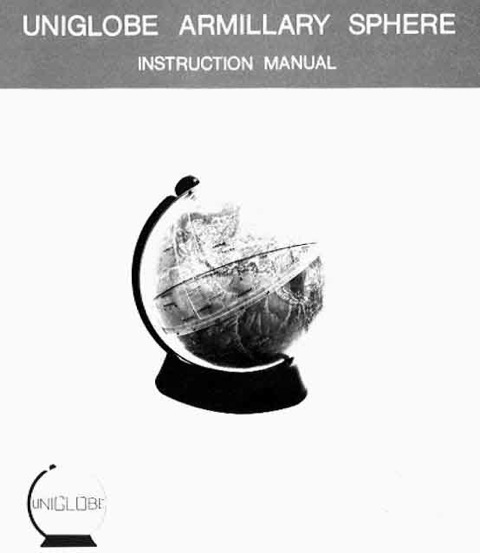The Wenger Uniglobe - A Modern Day Armillary Sphere
The Uniglobe is a refined armillary sphere in its function, plus much more. There is an inner terrestrial globe in close proximity to an external celestial globe, thus allowing easy determination of the geographical location of a celestial object, that spot on the earth where the celestial object is directly overhead. If an object is plotted on the celestial sphere and the two spheres are oriented for the time of day, then the geographical location is easily found. It is then possible to know the direction and altitude of the object from the observers location elsewhere on the globe.
Daniel designed the UniGlobe in 1973 inspired by the passing of the comet Kahoutec. The need to know where to look in the sky to see the comet led to its invention.
Daniel used this tool for teaching the concepts of celestial navigation in his classes at the Santa Cruz Harbor.
After its construction Daniel realized that it could be used as a sundial. This led to the design and fabrication of the Wenger Sundial.
The UniGlobe has US patent number D260779.


